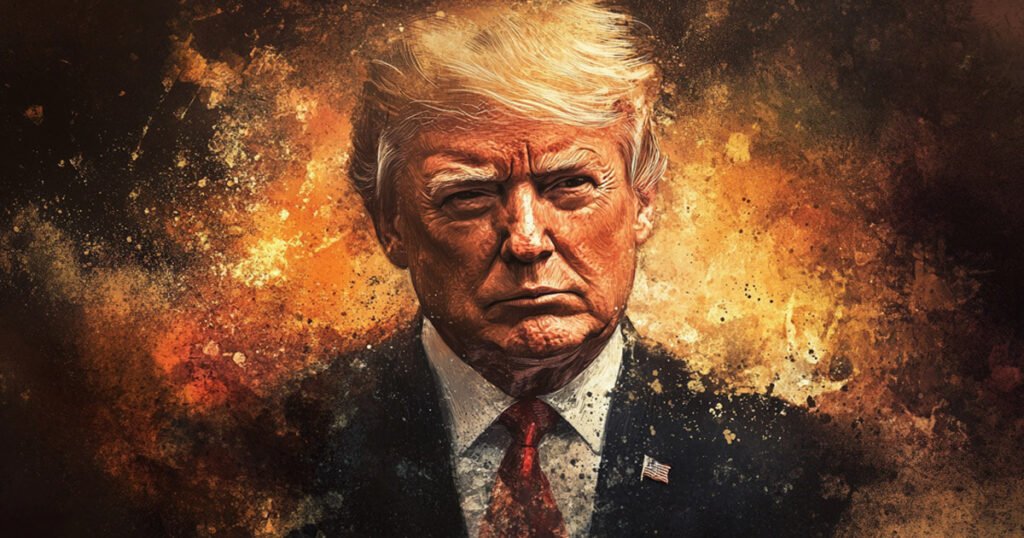Escalating Trade Tensions: Trump’s Ultimatum to China and Its Implications
In a dramatic move to escalate trade tensions between the United States and China, President Donald Trump issued a bold ultimatum on Sunday. He demanded that Beijing retract its newly announced 34% tariff increase by April 8, 2025, or face a staggering 50% tariff hike from the U.S., effective April 9. This development has raised concerns among investors and market analysts, as it signals a deterioration in trade relations between two of the world’s largest economies. Trump’s recent statements positioned China’s tariff actions as retaliatory and accused the nation of long-term trade abuses, including illegal subsidization, currency manipulation, and non-monetary trade barriers.
Trump’s assertions reflected a broader strategy to address what he deems consistent unfair practices by China in international trade. His announcement on Truth Social outlined specific grievances, portraying China as a persistent offender whose actions warrant immediate and punitive responses from the U.S. By characterizing the new tariffs as a necessary measure against long-term trading abuses, Trump has set the stage for a potential trade war that could have far-reaching consequences for global markets, supply chains, and economic relationships.
In light of the escalating rhetoric, Trump indicated that negotiations with China would come to a halt, while discussions with other nations would take precedence. This shift suggests a pivot in U.S. foreign trade strategy, reflecting a more aggressive stance towards any perceived attempts at undermining U.S. economic interests. His claim that the existing tariffs have benefitted the U.S. economy—asserting declines in oil, food prices, and interest rates while dismissing inflation concerns—evinces a strong adherence to his protectionist policies.
Immediate market reactions revealed the potential ramifications of such an ultimatum. Following Trump’s posts, there was a notable drop in U.S. equity futures, alongside a decrease in digital asset prices. Bitcoin, for example, experienced a decline, shedding $1,000 within an hour of the announcement and losing about 6% from a previous peak. These movements underscore the market’s sensitivity to political developments, particularly regarding international trade policy, and highlight the risks involved in investor sentiment fluctuating amid geopolitical tensions.
The threat of a 50% tariff looms large, with just 48 hours left for China to respond. This immediate deadline raises questions about Beijing’s strategy moving forward. It remains to be seen whether China will relent, escalate retaliatory measures, or adopt a more calculated approach. The situation introduces additional uncertainty into global markets, already grappling with monetary policy shifts and ongoing geopolitical challenges. The response from China could either exacerbate the situation or pave a path to renewed dialogue in trade discussions.
In summary, Trump’s ultimatum paints a clear picture of his administration’s stance on international trade, particularly with China. As tensions escalate and the potential for a trade war increases, the broader economic implications cannot be ignored. Investors and policymakers alike are left to navigate a rapidly changing landscape, where swift responses and calculated strategies will be crucial in determining the outcome of this unfolding geopolitical saga. The evolving situation requires close monitoring, with the potential for turnaround or escalation remaining a key focus in global economic discussions.


